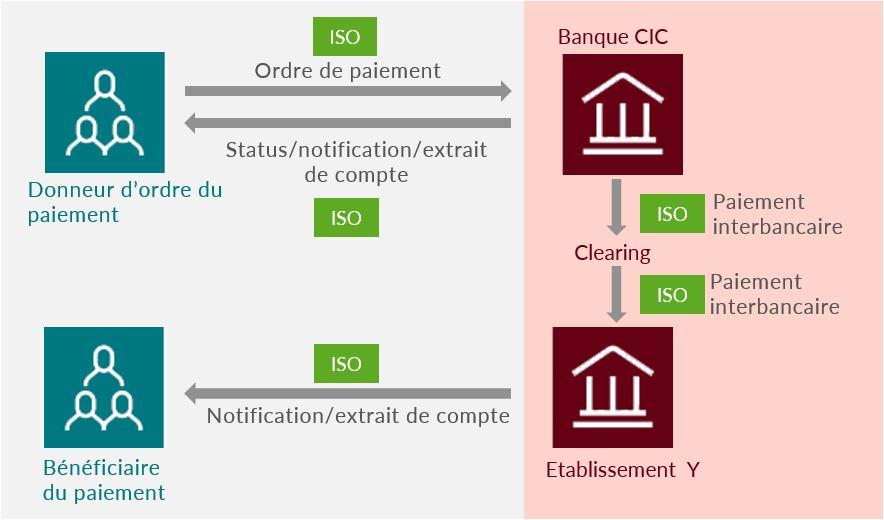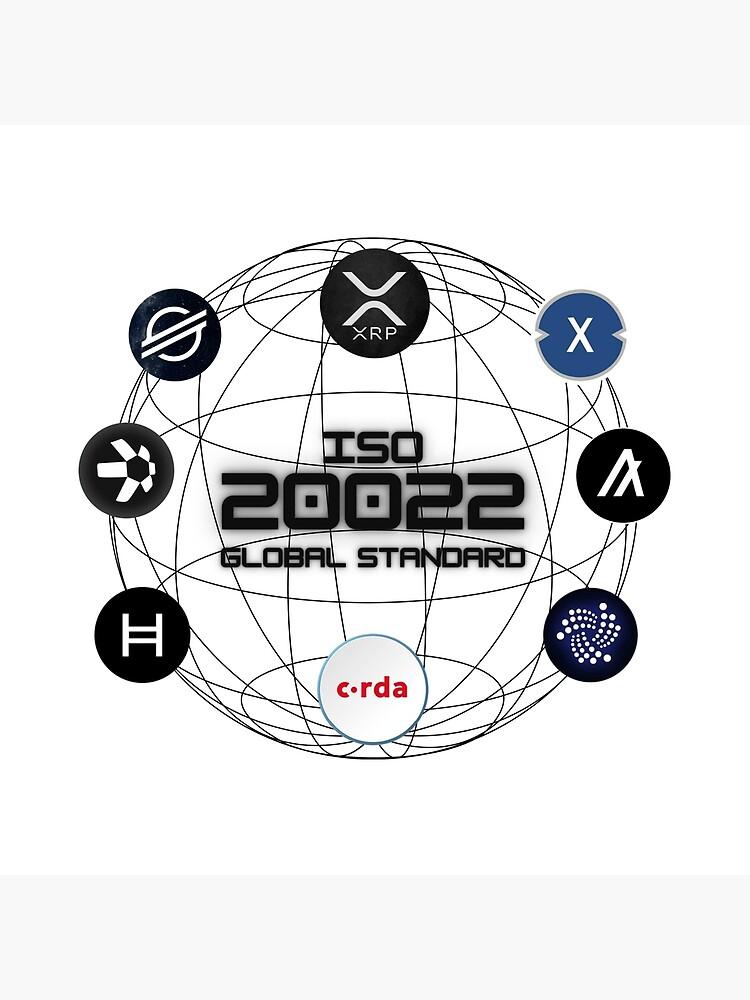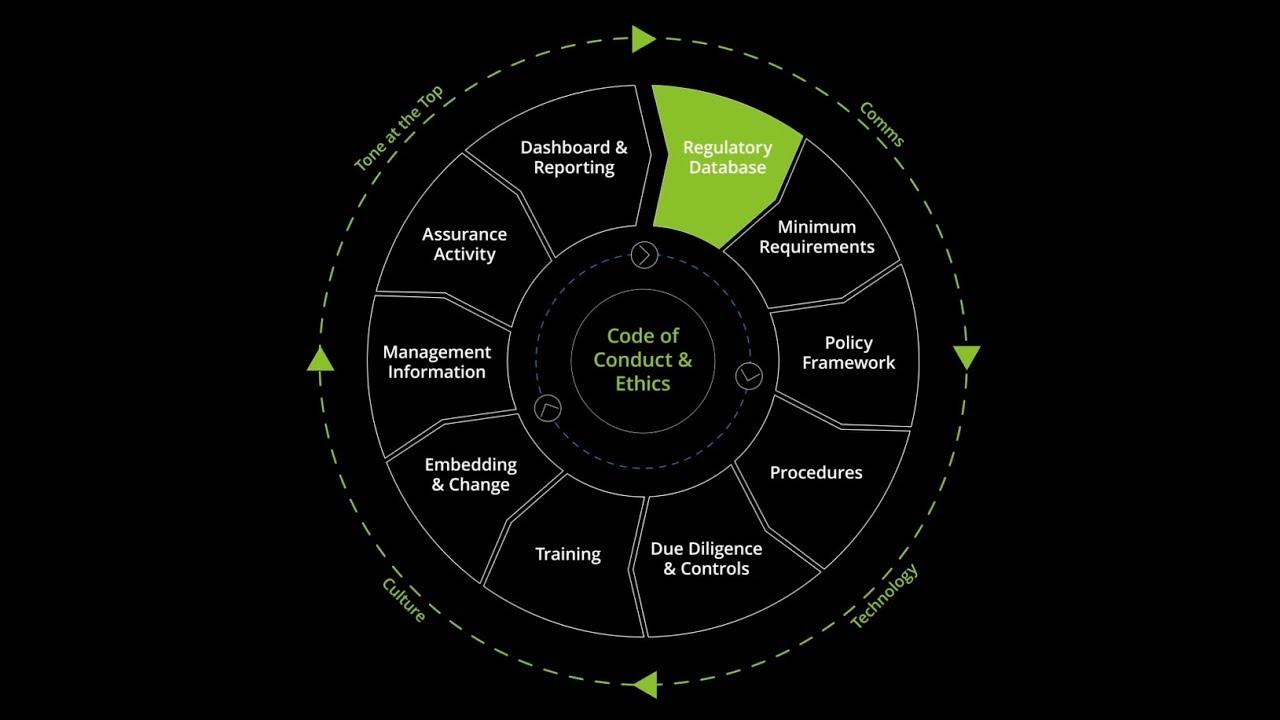In today’s fast-paced financial landscape, compliance is often viewed as a burden—an array of regulations, guidelines, and standards that organizations must navigate to avoid penalties and maintain credibility. However, what if compliance could serve as a catalyst for innovation and growth? Enter ISO 20022, a framework originally designed to streamline communication within the financial industry but now being recognized for its potential to transform compliance from a mere obligation into a strategic advantage. This article delves into the multifaceted benefits of ISO 20022, exploring how organizations can leverage this standard to not only meet regulatory requirements but also unlock new avenues for efficiency, collaboration, and ultimately, value creation. Join us as we uncover the ways in which embracing ISO 20022 can redefine the landscape of compliance and position enterprises not just to survive, but to thrive in an evolving market.
Unlocking Financial Potential: The Strategic Advantages of ISO 20022 in Compliance
Embracing ISO 20022 allows organizations to streamline compliance processes while unlocking a plethora of strategic advantages. By adopting this standardized messaging protocol, businesses can enhance data quality and interoperability, significantly reducing the complexities associated with regulatory reporting. This framework fosters enhanced transparency in financial transactions, enabling entities to not only meet compliance requirements but also leverage data analytics for better decision-making. Key benefits include:
- Improved Data Quality: Richer data fields result in a clearer understanding of financial activities.
- Interoperability: Seamless integration with various systems improves communication across platforms.
- Cost-Efficiency: Reducing manual processes ultimately lowers operational costs associated with compliance.
Furthermore, ISO 20022 enhances relationships with regulators, demonstrating a commitment to compliance and risk management. This can lead to improved reputational trust and stakeholder confidence, which are invaluable assets in today’s competitive environment. Companies leveraging ISO 20022 can also identify potential risks earlier, allowing them to adapt proactively. The following table highlights how ISO 20022 can align with compliance objectives:
| Compliance Objective | ISO 20022 Advantage |
|---|---|
| Regulatory Reporting | Automated and standardized reporting capabilities |
| Data Analysis | Enhanced data capture for analytics and insights |
| Transaction Monitoring | Improved visibility into transaction flows |

Bridging the Gap: How ISO 20022 Enhances Data Quality and Interoperability
ISO 20022 is not just a framework; it’s a game-changing approach to financial messaging that elevates the quality of data exchanged between organizations. By adopting a standardized format, businesses can ensure that all parties involved interpret the same information uniformly, reducing discrepancies and errors. This uniformity enhances data integrity, facilitating more accurate reporting and analysis. Key benefits include:
- Rich Data Structure: Allows for complex and detailed information to be shared, providing comprehensive insights.
- Consistent Interpretation: Eliminates ambiguity in transactions, making compliance processes smoother.
- Reduced Operational Risks: Lowers the potential for miscommunication and errors in financial transactions.
Interoperability is another core component that ISO 20022 promotes across financial systems, bridging the gap between legacy systems and modern requirements. By using a common language, organizations can seamlessly exchange information, regardless of differing systems or technologies. This interoperability not only streamlines compliance processes but also fosters innovation and adaptability. Consider the following:
| Feature | Legacy Systems | ISO 20022 |
|---|---|---|
| Data Format | Proprietary | Standardized |
| Integration | Complex | Simplified |
| Compliance Updates | Challenging | Automated |

Empowering Stakeholders: Leveraging ISO 20022 for Improved Decision-Making
In an increasingly interconnected world, the adoption of ISO 20022 can revolutionize communication between financial institutions, allowing stakeholders to access and interpret data in a seamless manner. By providing a common language for payments and transactional information, ISO 20022 enhances the quality and richness of data shared among participants in the financial ecosystem. With real-time insights and standardized formats, organizations can unlock critical information, leading to more informed decision-making. This structured data approach ensures that stakeholders—ranging from compliance officers to IT specialists—can draw precise analytics that inform strategies and mitigate risks effectively.
The utilization of ISO 20022 also fosters collaboration among stakeholders, breaking down silos that often hinder swift action in compliance and risk management. By integrating enhanced reporting capabilities, institutions can experience notable improvements in their operational efficiencies. Key benefits include: streamlined processes, improved accuracy, and greater visibility into financial transactions. A simple comparison table can illustrate how ISO 20022 trumps legacy systems in various aspects:
| Aspect | ISO 20022 | Legacy Systems |
|---|---|---|
| Data Standardization | High | Low |
| Flexibility | High | Limited |
| Interoperability | Enhanced | Challenging |
| Real-time Processing | Available | Seldom |

From Burden to Benefit: Practical Steps for Integrating ISO 20022 into Compliance Frameworks
Integrating ISO 20022 into compliance frameworks can seem daunting, but with some strategic planning, it can lead to significant advantages. Organizations should start by assessing their current compliance processes to identify areas where ISO 20022 can enhance efficiency. Key benefits of this transition include improved data accuracy, streamlined reporting requirements, and enhanced interoperability with various financial systems. Consider the following steps for effective integration:
- Conduct a Gap Analysis: Evaluate existing systems to pinpoint discrepancies against ISO 20022 standards.
- Define Clear Objectives: Establish the specific compliance goals you want to achieve with the integration.
- Develop a Comprehensive Plan: Create a roadmap that outlines the timeline and resources needed for implementation.
- Engage Stakeholders: Involve all key stakeholders to ensure alignment and gather insights across departments.
- Invest in Training: Provide training for your team members to familiarize them with the new standards and systems.
Once the groundwork is laid, organizations can further leverage ISO 20022 to provide ongoing benefits. Establishing a continuous monitoring system to evaluate the integration’s effectiveness not only helps in maintaining compliance but also reveals opportunities for optimization. For a quick reference, here’s a simple comparison of traditional versus ISO 20022 compliance approaches:
| Aspect | Traditional Compliance | ISO 20022 Compliance |
|---|---|---|
| Data Format | Varied, inconsistent | Standardized, structured |
| Interoperability | Limited | Enhanced across systems |
| Reporting | Manual, time-consuming | Automated, efficient |
Closing Remarks
In a landscape where compliance often feels like a burden, ISO 20022 stands as a beacon of transformation, turning mandatory processes into pathways of value. As we navigate the complexities of modern financial systems, the ability to standardize and streamline communication is not just a regulatory necessity; it’s an opportunity for innovation and growth. By embracing this framework, organizations can unlock efficiencies, enhance interoperability, and improve customer experiences.
The shift towards ISO 20022 is more than just technical adoption; it’s a mindset change that encourages organizations to see compliance not as a hurdle, but as a springboard for competitive advantage. As we look to the future, those who leverage the full potential of ISO 20022 will not only meet regulatory requirements but will also drive their business forward, creating lasting value in an ever-evolving marketplace.
the journey of transforming compliance into value with ISO 20022 is just beginning. By investing in this framework, businesses have a unique opportunity to redefine their approach to compliance, paving the way for innovation and success. Embrace the change, and let the promise of ISO 20022 guide your organization toward a more efficient and prosperous future.
